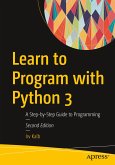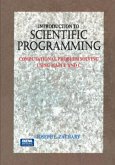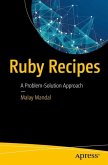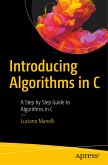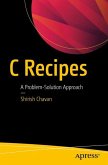This book teaches computer programming to the complete beginner using the native C language. As such, it assumes you have no knowledge whatsoever about programming. The main goal of this book is to teach fundamental programming principles using C, one of the most widely used programming languages in the world today.
We discuss only those features and statements in C that are necessary to achieve our goal. Once you learn the principles well, they can be applied to any language. If you are worried that you are not good at high-school mathematics, don't be. It is a myth that you must be good at mathematics to learn programming.
C is considered a 'modern' language even though its roots date back to the 1970s. Originally, C was designed for writing 'systems' programs-things like operating systems, editors, compilers, assemblers and input/output utility programs. But, today, C is used for writing all kinds of applications programs as well-word processing programs,spreadsheet programs, database management programs, accounting programs, games, robots, embedded systems/electronics (i.e., Arduino), educational software-the list is endless.
Note: Appendices A-D are available as part of the free source code download at the Apress website.
What You Will Learn:
How to get started with programming using the C language
How to use the basics of CHow to program with sequence, selection and repetition logic
How to work with characters
How to work with functions
How to use arrays
Who This Book Is For:
This book is intended for anyone who is learning programming for the first time.
We discuss only those features and statements in C that are necessary to achieve our goal. Once you learn the principles well, they can be applied to any language. If you are worried that you are not good at high-school mathematics, don't be. It is a myth that you must be good at mathematics to learn programming.
C is considered a 'modern' language even though its roots date back to the 1970s. Originally, C was designed for writing 'systems' programs-things like operating systems, editors, compilers, assemblers and input/output utility programs. But, today, C is used for writing all kinds of applications programs as well-word processing programs,spreadsheet programs, database management programs, accounting programs, games, robots, embedded systems/electronics (i.e., Arduino), educational software-the list is endless.
Note: Appendices A-D are available as part of the free source code download at the Apress website.
What You Will Learn:
How to get started with programming using the C language
How to use the basics of CHow to program with sequence, selection and repetition logic
How to work with characters
How to work with functions
How to use arrays
Who This Book Is For:
This book is intended for anyone who is learning programming for the first time.
"This book may provide a gentle introduction to the C language for aspiring programmers, and may serve as a textbook for an introductory course to programming with C for junior college students in the humanities, social sciences, or the like." (Yousri El Fattah, Computing Reviews, computingreviews.com, May, 2016)


